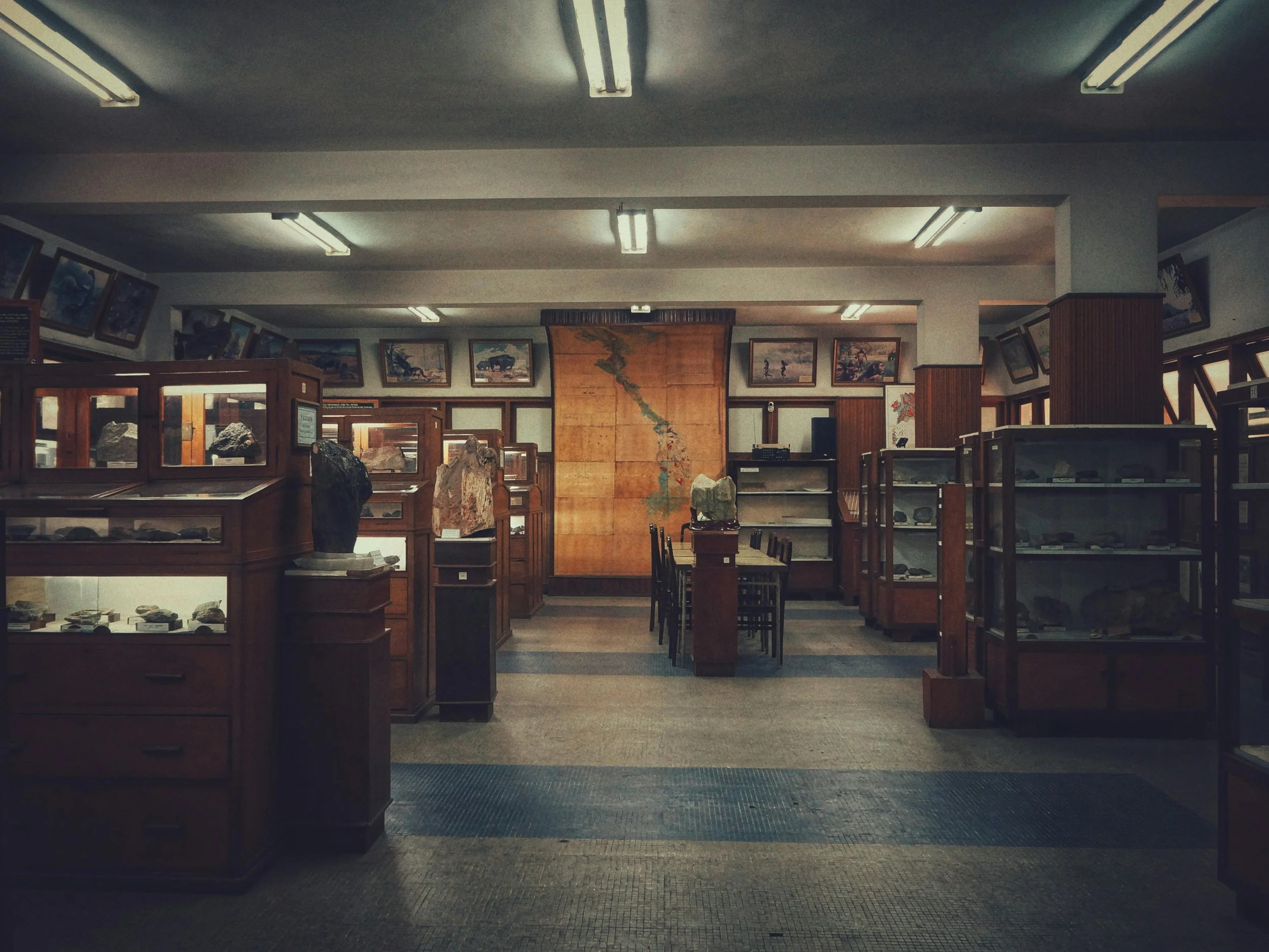Review and evaluation are essential components of effective archival management.
Regularly assessing and analyzing archival practices allows for identifying strengths, weaknesses, and areas for improvement. In this blog post, we will delve into the importance of review and evaluation in archives and explore key strategies for enhancing archival practices.
Archives serve as guardians of our cultural heritage, preserving and providing access to valuable historical records and artifacts. To fulfill this crucial role, archives must continuously evaluate their operations, policies, and procedures. Review and evaluation offer opportunities to reflect on the effectiveness and efficiency of archival practices, ensuring they align with evolving standards and best practices in the field.
A 360-degree Review
One key aspect of review and evaluation is the examination of collection management policies. Archival institutions should regularly review their policies to ensure they remain relevant and consistent with the evolving needs of the archives and its users. This evaluation involves assessing the scope of the collections, the acquisition and deaccessioning processes, and the alignment of the policy with the archives’ mission and goals. Archives can adapt to changing research interests, cultural shifts, and new technologies by reviewing collection management policies.
The evaluation also plays a crucial role in assessing the physical condition of archival materials. Archivists should conduct regular inspections and condition assessments to identify materials requiring conservation or preservation interventions. This evaluation allows archives to allocate resources effectively, prioritizing materials needing urgent attention and ensuring the long-term preservation of the collections.
Assessment of Access
Another important aspect of review and evaluation is the assessment of access and outreach initiatives. Archives should examine their strategies for accessing materials and engaging with diverse user communities. User surveys, focus groups, and feedback mechanisms can be valuable tools for understanding user needs and expectations. This evaluation helps archives improve their services, enhance user experiences, and foster inclusivity in access to archival materials.
Digitization initiatives are increasingly prevalent in archives, allowing broad access to materials and preserving fragile or deteriorating items. Review and evaluation are essential in assessing the effectiveness of digitization efforts. Archivists should evaluate the quality of digitized materials, the accessibility of digital platforms, and the impact of digitization on user engagement and research opportunities. Regular assessments enable archives to refine digitization workflows, prioritize materials for digitization, and ensure the long-term sustainability of digital assets.
In addition to internal evaluations, external reviews can provide valuable insights into archival practices. Engaging with external experts, peer institutions, and accreditation bodies can offer fresh perspectives and benchmarking opportunities. External reviews can help identify areas for improvement, highlight best practices, and provide guidance on enhancing archival management.
Strategic Planning
Strategic planning is another critical component of review and evaluation. Archives should engage in periodic strategic planning exercises to set goals, establish priorities, and chart a course for the future. These planning processes involve reviewing the archives’ mission, vision, and objectives and assessing the resources and capacities needed to achieve them. Strategic planning ensures that archives remain forward-thinking and adaptable in a rapidly changing information landscape.
To enhance archival practices, archivists can establish a culture of continuous improvement. They can integrate regular review and evaluation into the fabric of archival operations, with mechanisms in place for ongoing assessment and feedback. Archivists should foster a collaborative environment that encourages staff engagement, professional development, and the sharing of best practices. Embracing a culture of continuous improvement ensures that archives stay responsive to the evolving needs of users, stakeholders, and the broader archival community.
Regular Assessments
Review and evaluation are vital components of effective archival management. Regular assessments enable archives to identify strengths, weaknesses, and areas for improvement in their operations, policies, and services. By evaluating collection management practices, physical condition, access initiatives, digitization efforts, and engaging in strategic planning, archives can enhance their practices and ensure the preservation of collections.
The blog was originally published on Lucidea's blog.
Get Started
Looking for archival advising, records management, and historical research services? Click below to speak with an expert consultant.






























